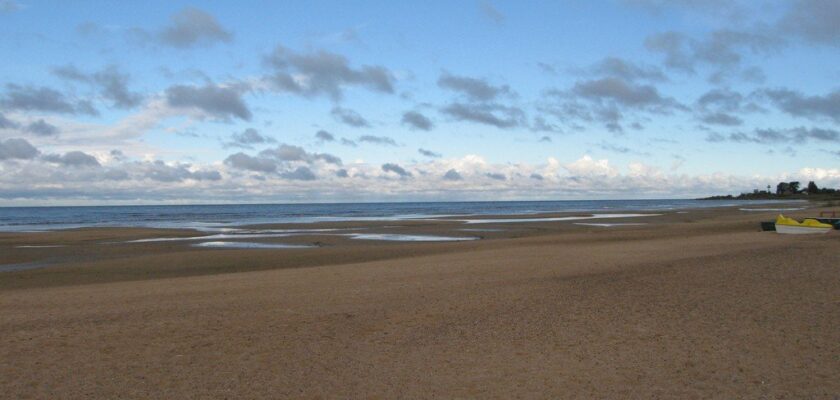Lake Peipsi
The attraction refers to the countries:RussiaEstoniaLake Peipsi is a large freshwater lake located on the territory of two countries – Russia and Estonia. Its area is more than 2600 square kilometers. Lake Peipsi is the northern component of the Peipsi-Pskov lake complex. The border of Estonia and Russia runs along the water surface approximately in the middle. The nature in the vicinity is unique, the landscape is decorated with deciduous forests and sand dunes overgrown with pine trees.
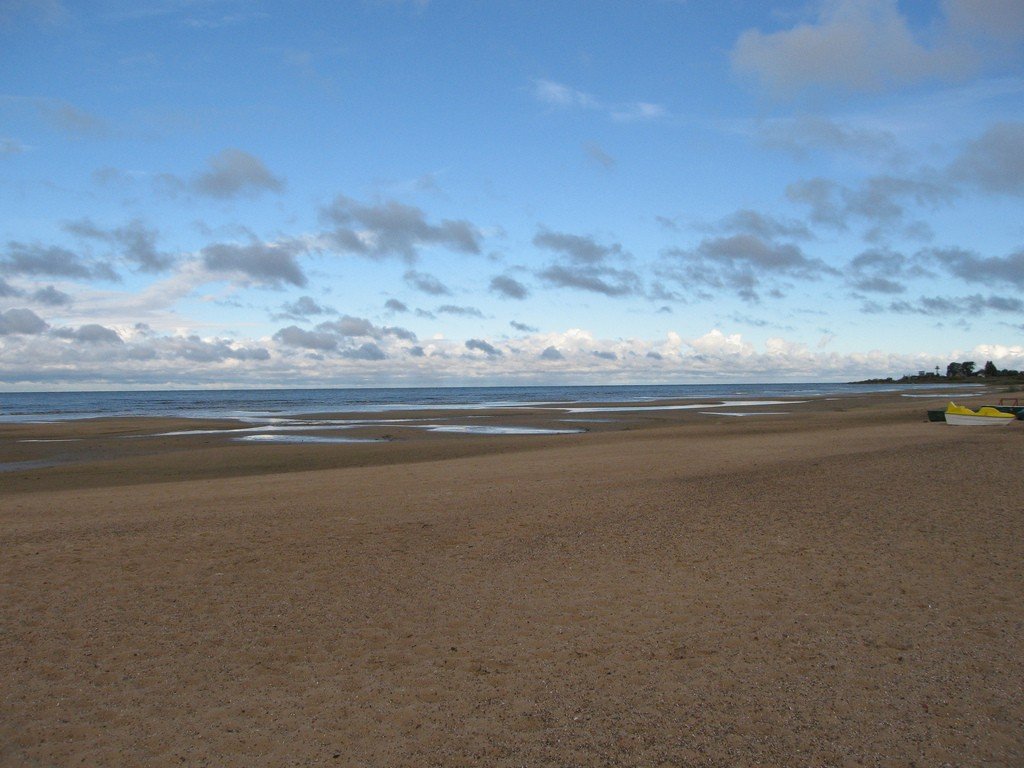
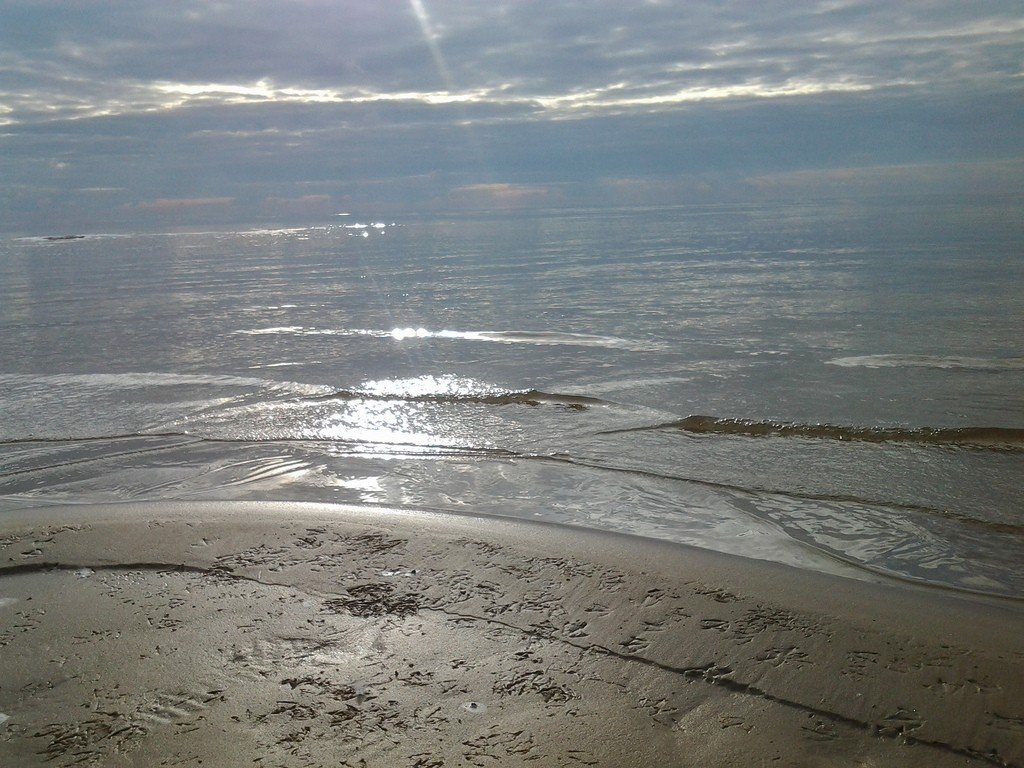
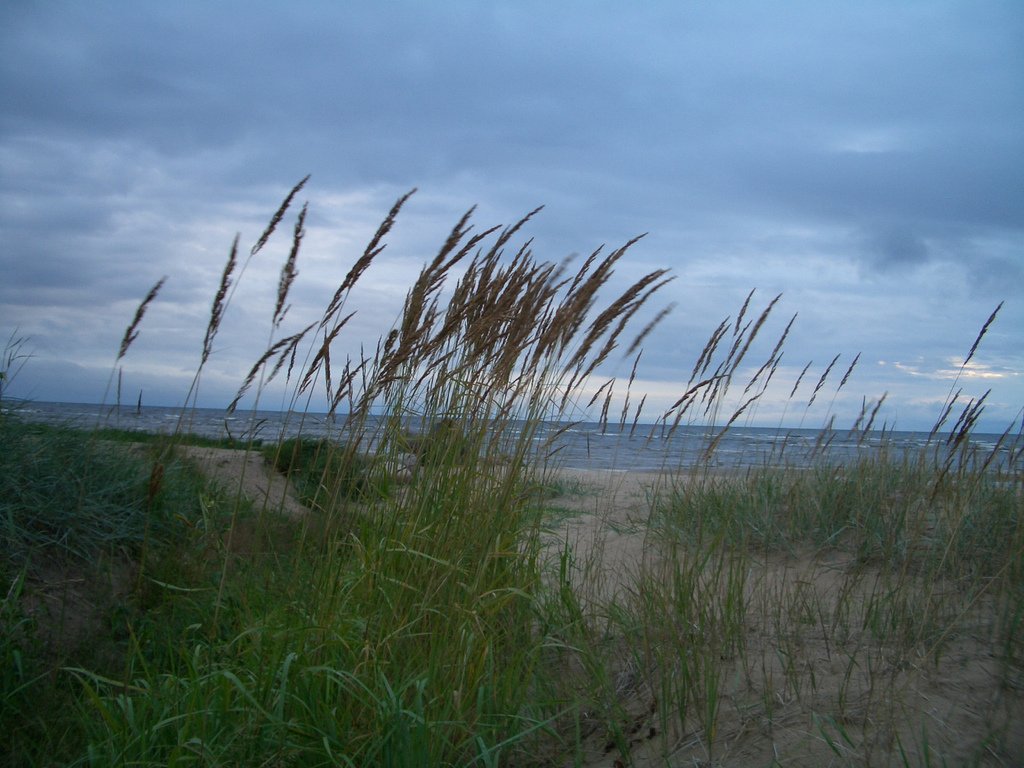
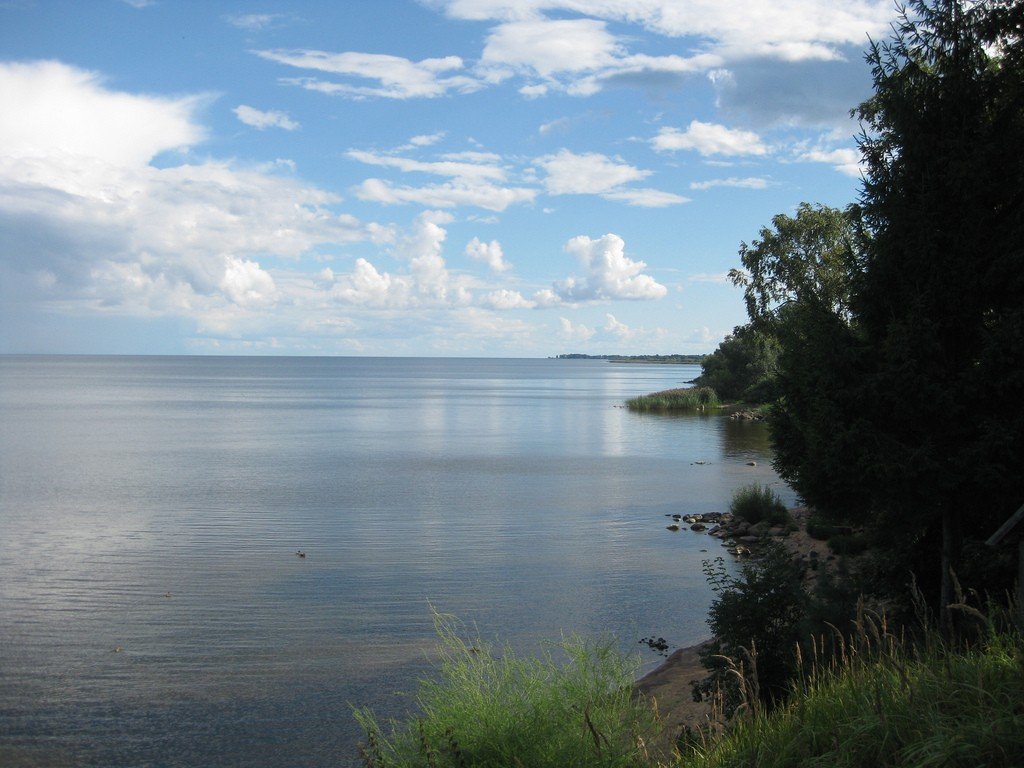
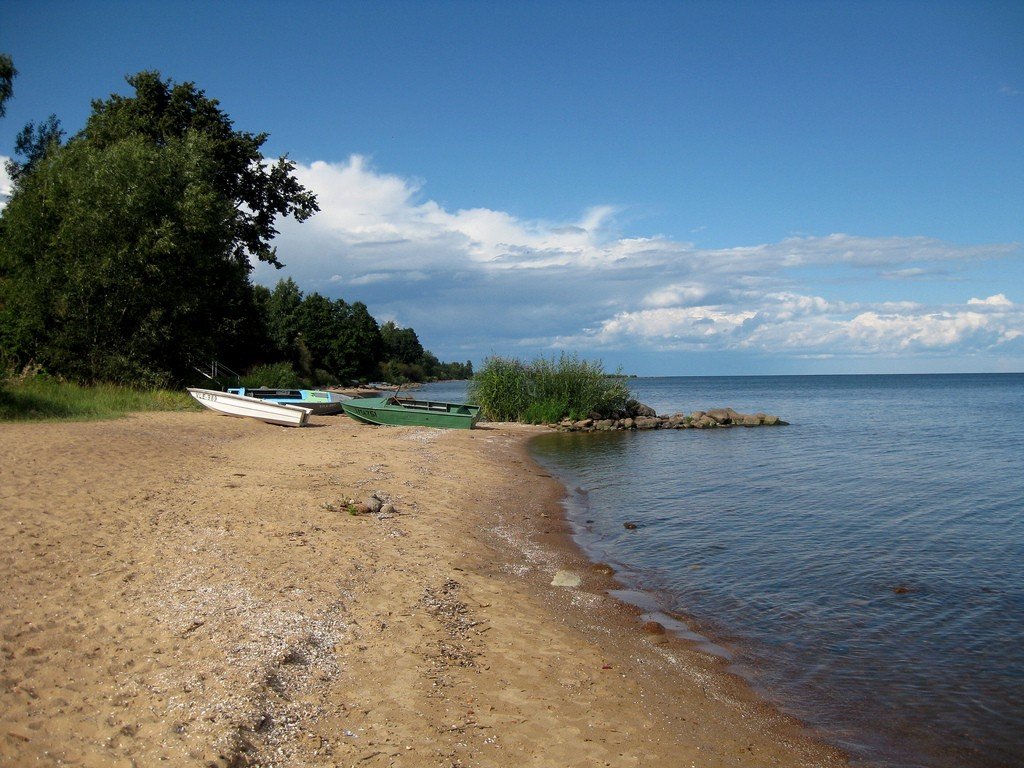
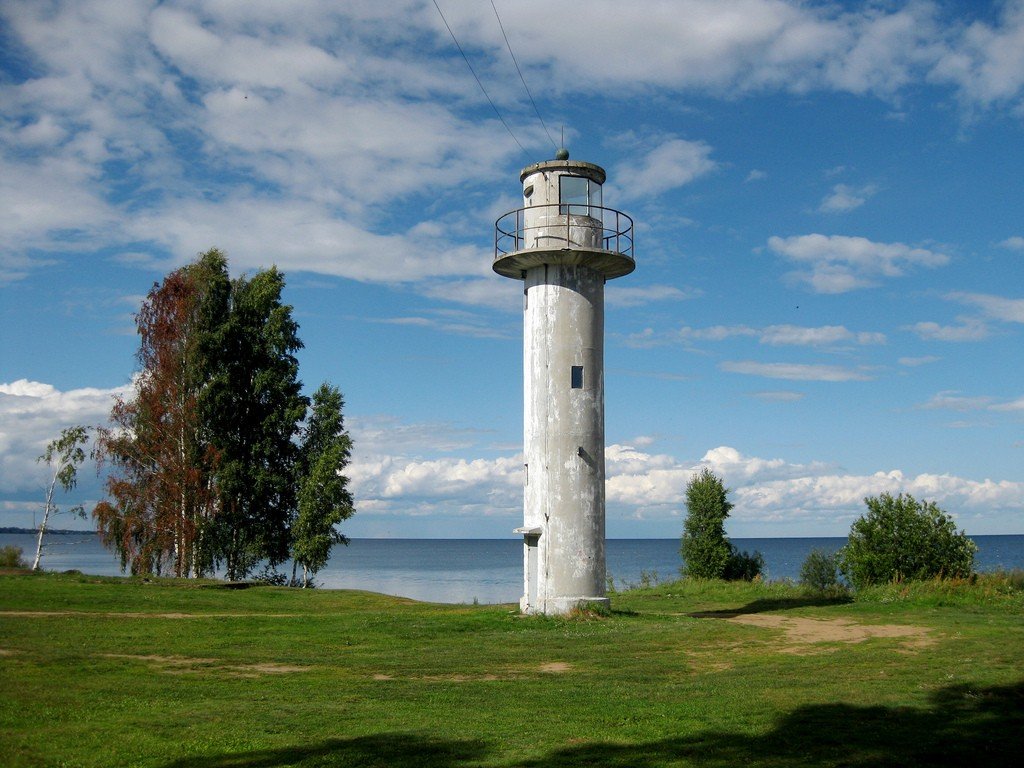
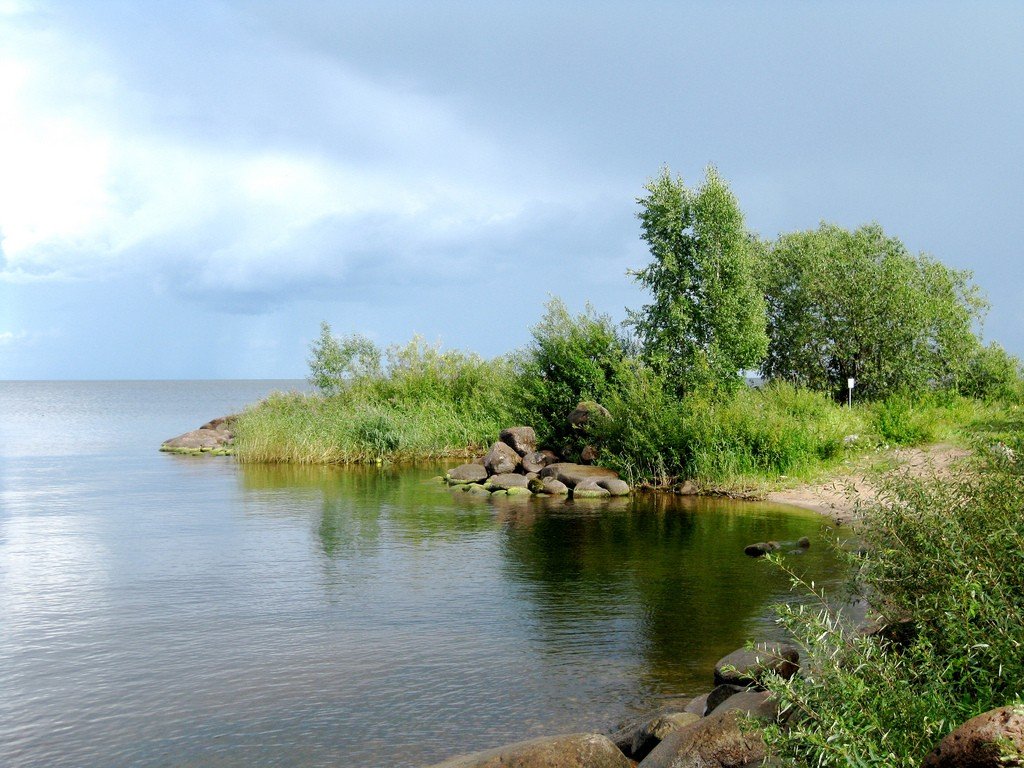
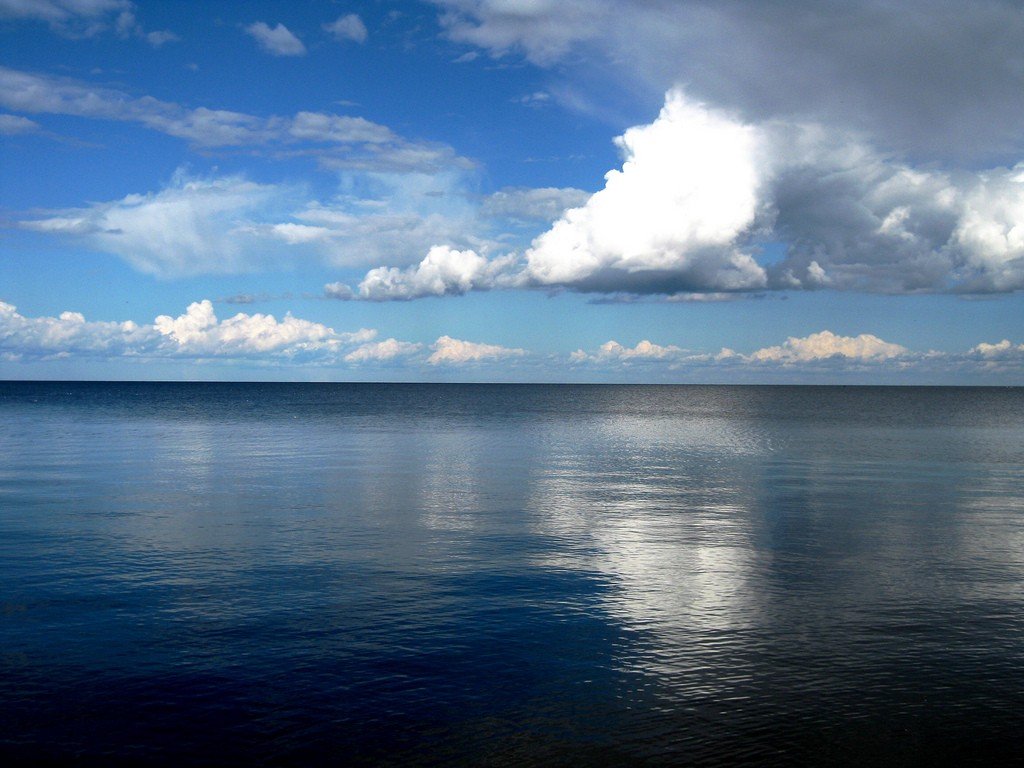
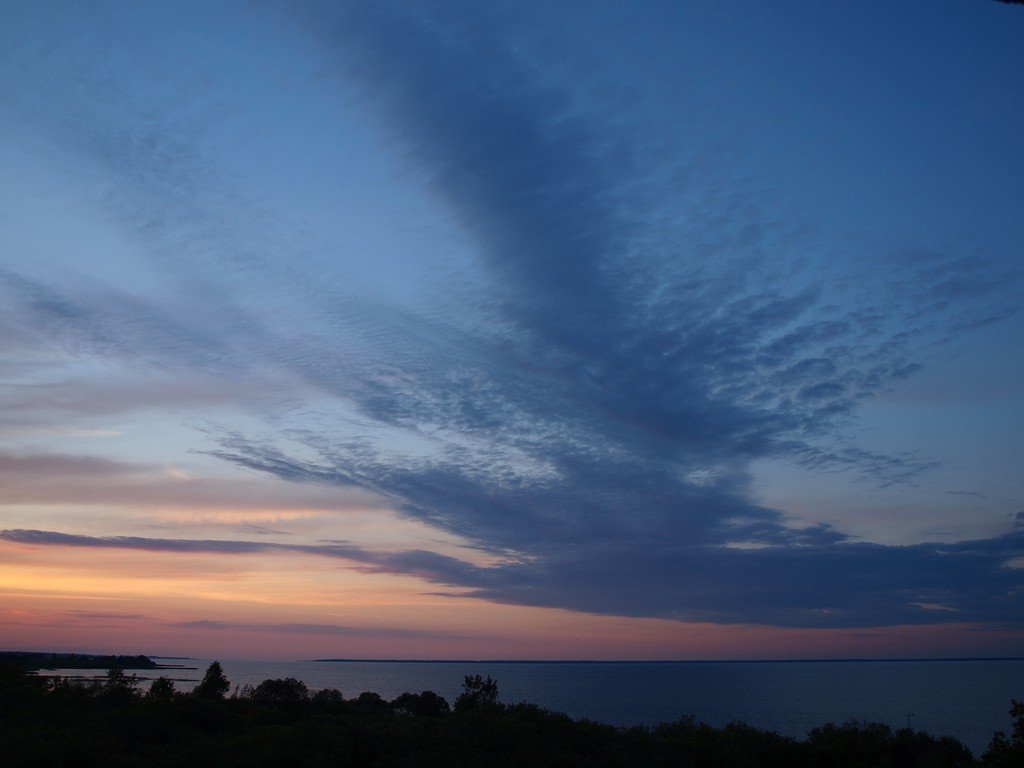
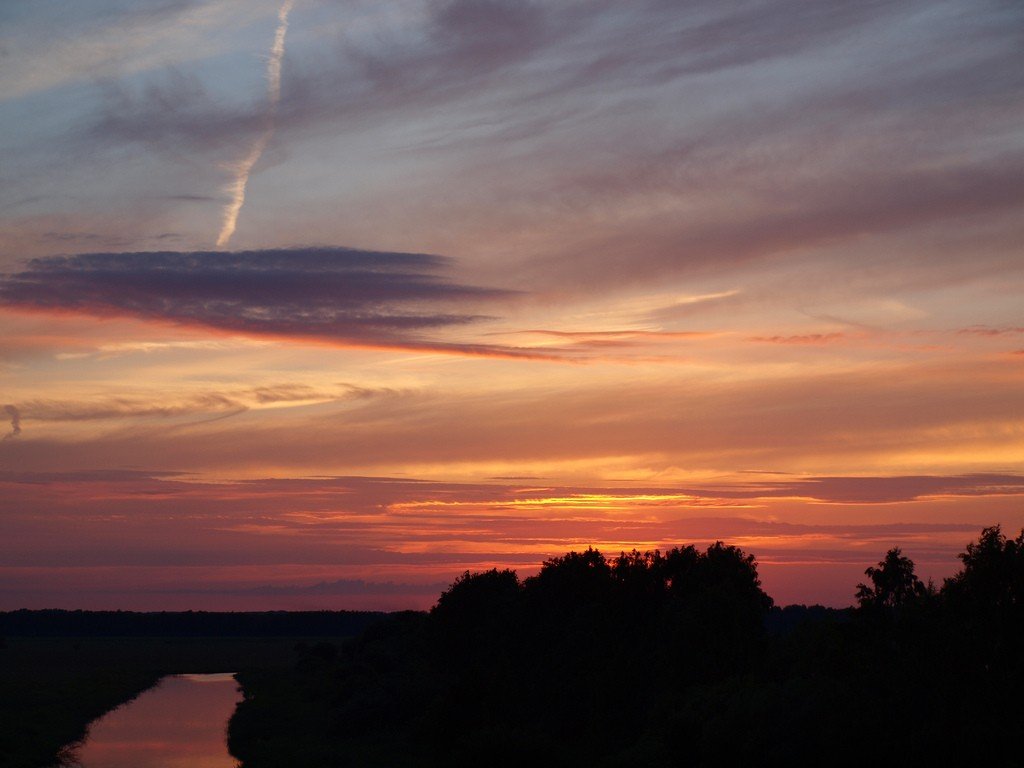
- Highlights
- Lake shores
- Climate
- Beaches
- Turbazas
- Entertainment, excursions and attractions of Lake Peipsi
- Historical reconstructions
- Fishing on Lake Peipsi
Highlights
The lake is about 96 km long, up to 50 km wide, with an average depth of 7.5 meters and the greatest depth of 16.6 meters. More than 30 rivers and streams flow into the lake, having snow, rain and key feeding. Only one border river Narva flows out, which flows into the Narva Bay of the Gulf of Finland of the Baltic Sea. Water salinity is 0 ppm. The lake is rich in plankton, and therefore in fish.
.On the ice of Lake Peipsi on April 5, 1242 occurred the famous Ice Battle – the battle of the Russian army of Prince Alexander Nevsky against the troops of the Livonian Order. Because of the variability of the hydrography of Lake Peipsi, historians for a long time could not determine the exact place where the battle took place. Only thanks to the long research conducted by the expedition of the Institute of Archaeology of the Academy of Sciences of the USSR, the place of the battle was established. It is located approximately 400 meters from Cape Sigovets.
.Shores of the lake
The northern shore of Lake Peipsi consists for the most part of a continuous series of dunes spreading far into the local surroundings; the dunes are up to 8.5 meters high in some places, and near the village of Sirenets, located on the left bank of the Narova River, 1.2 kilometers below its source from the lake, the dunes reach a height of 10.5 meters. As one moves from the northern shore to the western shore, the dunes gradually diminish and the low-lying flat shore is covered in places with boulders, some of which are up to 2.4 meters long.
.In the westernmost recess of the shore near the village of Černáj, minor dunes again appear, and to the south, near the village of Koddafer, the shore consists almost entirely of boulders of Finnish granite.
.The eastern shore from Sirenets to Gdov is a low dune, beyond which the terrain gradually rises.
.South of Gdova, the coast, consisting of dealluvial clay with boulders, in some places rises to 9 – 12 meters high, interrupted by dune formations in the gorges through which rivers and streams flow.
.In the southwestern corner of the lake is Raskapel Bay, 20 kilometers long, bounded from the north by spits and Borok Island.
.The shores of the bay are in some places steep walls of dealluvial clay up to 5.4 meters high, and in some places the shore is low with hills of wind-blown sand.
.
Near Podborovje, the shore of Lake Peipsi ends with a steep promontory up to 9 meters high.
.In the southern part of Lake Peipsi there is a significant islet called “Zhelachek” or “Mezha”. The eastern part of this island rises to 4.2 meters high and the villages of Pirisaar and Zhelachek are located on it. The rest of the island is low-lying, marshy, and the village of Porca, located on the northwestern shore, is subject to occasional flooding.
.
The western shore becomes more monotonous, low and meadowy, sometimes inundated in floods, and low ruined dunes stretch along its very edge.
.Climate
Due to the presence of lakes, the climate of the region is somewhat similar to the maritime climate and is generally considered to be a temperate-cool, humid climate. The average annual temperature ranges from 2 to 4 degrees Celsius, in winter it is not uncommon to experience frosts up to 30 degrees Celsius, but they are quickly replaced by thaws. The area is also characterized by high cloudiness, during the year there are from 170 to 220 days with precipitation, most of them fall in the spring and fall. Lake Peipsi freezes in late November – early December, at the same time the snow cover is established. The ice drifting period falls at the end of April – beginning of May.
.
Summer here is considered the period after the last spring frosts and before the first fall frosts. Summer temperatures are quite comfortable, in the daytime the thermometer rarely reaches the 30-degree mark.
.
Beaches
Beaches on the lake are sandy, very comfortable. But it should be noted that the most beautiful one is on the Estonian shore, it is Kauksi beach, known not only for its picturesqueness, but also for its “singing” sands.
Tourbases
On the shore of the lake there are many boarding houses, tourist centers and children’s camps. All of them are in steady demand in the summer months: beautiful terrain and healthy ecology are the main reasons for this. In winter, many of them are closed.
.One of the most attractive shelters on the shores of Lake Peipsi is “Chudskoe Podvorye” – a recreation center, which includes 47 cottages of four different categories, a restaurant “Bear”, sanitary and household block, conference hall, free guarded parking. Each cottage, regardless of category, has a terrace with a wonderful view of the lake. Located cottage village directly on the shore of the lake, at the entrance to the village of Spitsino, which is 90 km from Pskov.
.Entertainment, excursions and attractions of Lake Peipsi
The largest city on the Russian shore is Gdov (among the sights here are the Cathedral of the Mother of God and the Gdov Kremlin, first mentioned in the annals in 1323 and once had an important defensive value). In 71 km from it there is Kobylie Gorodishche, and in it there is a famous “crow’s stone”, from it Alexander Nevsky led the Russian troops during the Battle of Ice. There are, however, and other versions of the location of this stone.
.There is a museum in the village of Samolva, the exhibits of which tell about how the expedition of the Academy of Sciences of the USSR searched for the site of the Battle of Ice. Schemes, maps, scientific reports arguing the directions of the search, unique photographs are of undoubted interest to all those interested in the history of Russia.
In the village of Domozhirka, near the lake, you can see the Church of the Holy Trinity, built here in the 15th century, the Church of Peter and Paul in the village of Vetvenik, the Church of the Intercession in the village of Ozera and the Church of St. Nicholas in Remda are of interest.
.Historical reenactments
For fans of historical reenactments it will be interesting that every year, on the first or second Sunday of April, the anniversary of the Battle of Ice is celebrated here. Reconstructionists from Belarus, Ukraine, Poland and the Baltic republics come to the shores of Lake Peipsi for this celebration. Show tournaments are held with the most accurate depiction of historical details and make a strong impression on the audience. But even more impressive are the non-staged fights of the re-enactors, in which they zealously defend the honor of their clubs.
.Fishing on Lake Peipsi
The entire lake basin is known for its fisheries, which form the main occupation of the coastal inhabitants. There are approximately 22 species of fish living in the waters of Lake Peipsi. Especially famous is the yellowish-colored Pskov snetok, which is the most important item of lake fishery and local export. Besides snets, the most famous are pikeperch, salmon, burbot, bream, roach, ruff and pike. Fishing is practiced by inhabitants of flat, sandy and swampy banks with sandy hillocks, on which fishermen’s huts are located. The main fishing center is the Talab Islands. In winter, fishermen migrate to the lake itself, carrying lightweight huts made of birch bark to its still icy surface, which gradually cluster to form a sort of village.
.